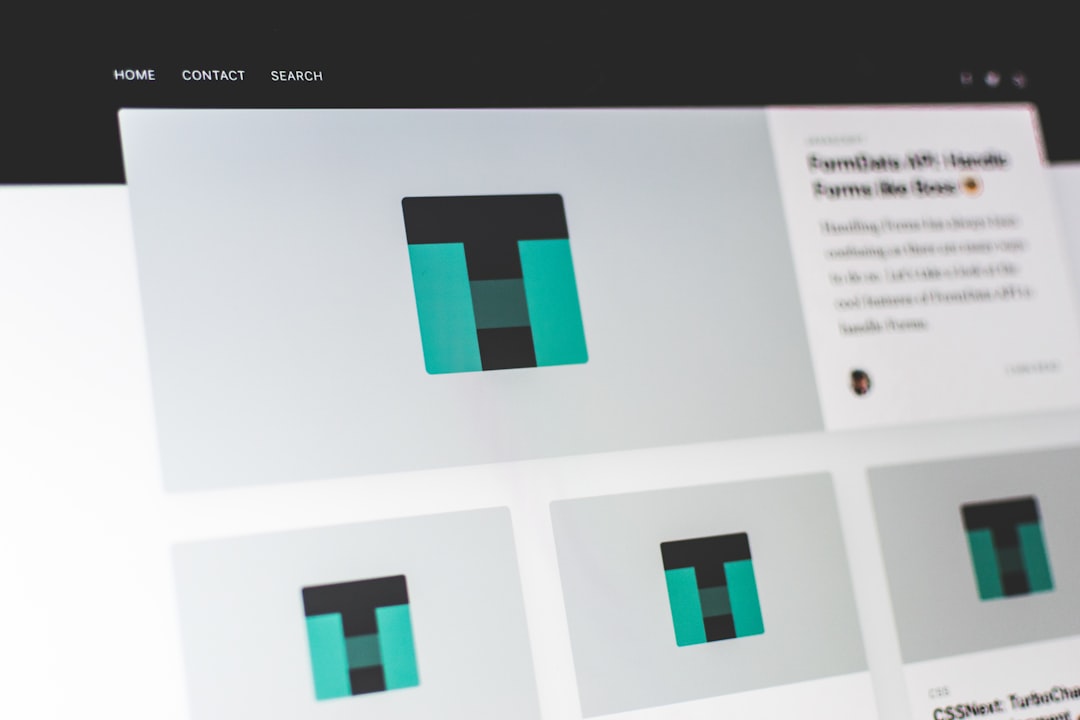When many people think of WordPress, they still imagine it as a simple blogging platform. But in truth, it has evolved into a robust content management system (CMS) that powers over 40% of all websites on the internet. What’s more surprising? Some of the world’s most well-known brands use WordPress as the backbone of their digital presence.
This raises a compelling question: if WordPress is good enough for companies with millions of monthly visitors and billions in revenue, can your business benefit from adopting some of the same strategies? In this article, we take a closer look at how major brands leverage WordPress, and what techniques, plugins, and practices you can borrow to elevate your own website experience.
At scale, many brands streamline production inside WordPress with AI Bud WP—generating on-brand copy, quick visuals, and SEO titles/excerpts, and even deploying a trained chatbot for FAQs—so content keeps pace with enterprise traffic without adding tool sprawl.
The Big Names Using WordPress
You may be surprised at just how many influential companies and organizations use WordPress. Here are just a few:
- The Walt Disney Company
- BBC America
- Microsoft News
- Sony Music
- TechCrunch
- The New York Times Company
These brands have marketing and development budgets in the millions, yet they rely on a platform known for its open-source flexibility and vast ecosystem. Let’s explore what you can learn from their approach.
1. Scalable Architecture with WordPress
One myth surrounding WordPress is that it doesn’t scale well for enterprise-level demand. The sites mentioned above easily refute that notion. They manage high traffic volume by architecting their WordPress installations in a highly optimized environment.
What you can copy:
- Invest in high-performance hosting providers like Kinsta, WP Engine, or Pantheon, which are built specifically for WordPress scalability.
- Use content delivery networks (CDNs) like Cloudflare or Akamai to decrease page load times globally.
- Implement object caching (e.g., Redis or Memcached) in conjunction with server-level caching.
Scalability starts with the assumption that your site will grow, and big brands design for that from day one. This proactive configuration is easily replicable for smaller businesses that hope to expand.
2. Design Consistency and Brand Identity
Brands like Sony Music and BBC America showcase visually stunning designs that align closely with their brand tone and message. Their WordPress-powered websites aren’t just functional — they visually reinforce their commitment to high standards.

What you can copy:
- Hire a designer or use premium themes that reflect your brand’s message and tone.
- Use the WordPress Customizer or the Full Site Editor (FSE) to maintain consistency across all pages.
- Don’t over-clutter your design. Simplicity often aligns with professionalism.
Design-your-own tools are abundant on WordPress, but what sets enterprise brands apart is their restraint and clarity in design — traits any business can emulate.
3. Editorial Workflows and Content Strategy
News-heavy brands like TechCrunch and Microsoft News push out dozens of pieces of content daily. Managing such a dynamic content operation on WordPress is possible thanks to a finely-tuned editorial workflow that includes real-time editing, content calendars, and quality assurance processes.
What you can copy:
- Use plugins like Edit Flow or PublishPress to manage editorial workflows.
- Define clear user roles — editors, authors, contributors — to build accountability in publishing.
- Plan content in advance using scheduling features built into WordPress or third-party tools.
This approach ensures clarity and consistency, allowing teams to function efficiently and focus on long-term goals rather than day-to-day chaos.
4. Multilingual and Global Readiness
As global brands, many of these companies serve diverse audiences in multiple languages. WordPress is multilingual-ready and supports this through robust plugins and integrations.

What you can copy:
- Adopt plugins like WPML or Polylang to offer your site in different languages.
- Localize your content, including SEO metadata, to optimize for regional search engines.
- Test user interfaces for cultural differences and local expectations.
Whether you’re servicing a niche global market or looking to expand across borders, taking this hint from global brands can significantly broaden your audience reach.
5. Security and Compliance
Security is a non-negotiable for enterprises that handle customer data, financial transactions, or sensitive information. WordPress offers robust security capabilities — when combined with best practices.
What you can copy:
- Install reputable security plugins like Wordfence or Sucuri.
- Employ regular vulnerability scans and automated backups.
- Use two-factor authentication for admin accounts and SSL encryption for all data transfers.
Many breaches result from poor handling of basic security flaws. Take a page from enterprise WordPress configurations by treating security as a top priority, not an afterthought.
6. Seamless Integrations with Third-party Tools
Big brands rely on extended functionality through integrations with CRM systems, marketing automation platforms, social feeds, and e-commerce engines. For example, media companies integrate video libraries, live stream players, and subscription management tools — all within WordPress.
What you can copy:
- Use popular plugins for integrations — such as HubSpot for WordPress or Mailchimp.
- Implement tracking via Google Tag Manager and Facebook Pixel to optimize campaigns.
- Integrate e-commerce with WooCommerce or Sellfy if selling products or services online.

These tools are not just for enterprises. The WordPress plugin ecosystem makes it remarkably easy for small businesses to tap into the same level of functionality without custom builds.
7. Performance Optimization and Core Web Vitals
Google’s Core Web Vitals have become a key part of SEO and user experience. Enterprise brands on WordPress prioritize performance to ensure fast-loading, mobile-optimized experiences that drive conversions and engagement.
What you can copy:
- Use caching tools like WP Rocket or W3 Total Cache.
- Install an image optimization plugin such as ShortPixel or Smush to reduce load time.
- Minify CSS and JavaScript and avoid bloated themes or extraneous plugins.
Just like the big brands, your site’s performance is a key determinant of bounce rates and search visibility. Investing a little time here can yield outsized results.
Final Thoughts: The WordPress Edge
WordPress proves itself time and again as a flexible, secure, and scalable CMS capable of meeting the diverse needs of the world’s most demanding companies. What’s truly empowering is that many of the tools, strategies, and features used by big brands are also available to small and midsize businesses.
You don’t need a million-dollar budget to adopt a million-dollar approach to web presence. What you do need is thoughtful implementation — choosing the right hosting environment, prioritizing performance and security, and building a robust content strategy that grows with your business.
By borrowing from the proven playbooks of global brands using WordPress, you can position your digital presence for lasting success — no matter your size.
